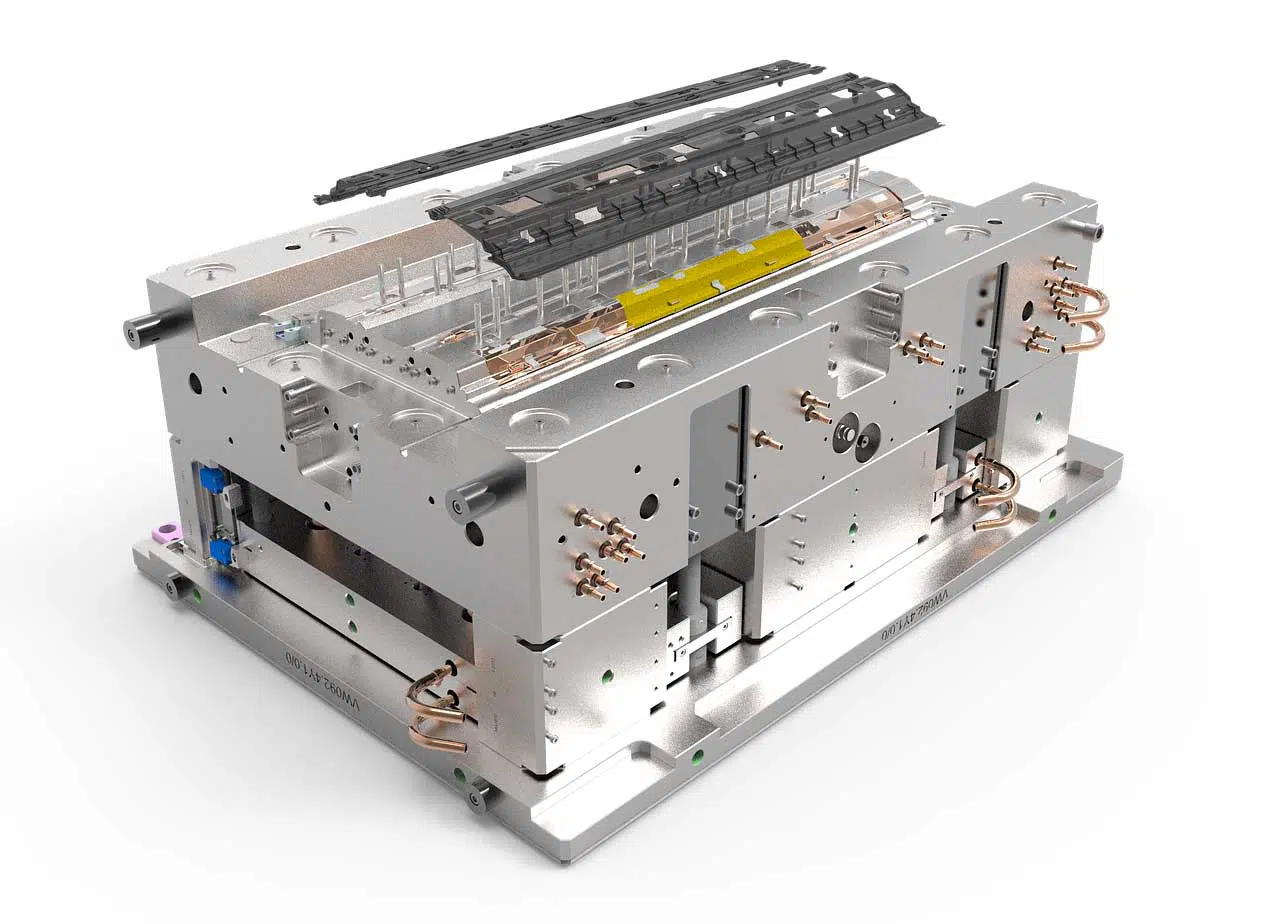Robots are a man’s best friend. Whoever invented the robots can never be fully compensated. Someone who outshines you but can never feel entitled to replace you is more than a friend.
Robots have changed healthcare in so many ways. Robots in medicine are helping by relieving medical workers from routine tasks to concentrate on more pressing responsibilities. They also make medical procedures less costly and safer for patients.
Robots can also carry out accurate surgeries in small places and transport hazardous substances.
Apart from that, robots can also be used in the production of medical devices.
The Need for Automation in The Medical Industry
New technological development in the medical field has increased the demand for equipment with detailed designs, tight tolerance, and complex parts. These medical types of equipment should also operate while retaining a high return on investment for the producers.
Medical device producers must balance between attaining large–volume production runs while retaining each product’s quality, which is reasonably high.
To meet these two demands at once, medical appliances producers have resorted to plastic injection molding, using injection molding robots.
Plastic injection molding is a process commonly used in the production of plastic parts. These parts differ in application, complexity, and size. The process requires an injection molding machine, mold, and raw plastic material.
The plastic is melted in the injection molding machine and injected into the mold afterward to let it cool and solidify into the finished part.
The injection molding process produces highly accurate, complex parts for medical applications, mostly when part-to-part coherence is needed in high volumes.
Use of Silicone in Injection Molding
Several materials can be used to produce medical devices through the process of injection molding. These materials are plastic, metal, or silicone.
However, the highly recommended raw material for the production of medical applications is silicone. It is flexible. As a raw material in the form of liquid, it has numerous advantages in processing technical parts in large volumes.
For medical applications, in particular, silicone offers the highest morality. It exhibits biocompatibility to the accepted standards of USP Class VI and ISO 10993 and is tractable with European Pharmacopeia 3.2.9.
Additionally, silicon withstands standard sterilization methods such as radiation and steam.
Liquid Injection Molding is usually used to manufacture silicone medical appliances.
Injection Molding for Medical Appliances
Medical suppliers have discovered that plastic injection molding medical pieces, devices, and components are the most fruitful way to achieve the specifications and quality they want in and cost-effective manner.
Medical appliances injection molding is used for several applications such as:
- Test tubes
- Beakers
- Housings and casings for laboratory and medical equipment
- Surgical pieces and equipment
- Drug delivery equipment and parts
- Implantable components
- Orthopedics
Plastic injection molding applies to just about every instance where durable and sterilization friendly components are needed with ultimate accuracy and high volume. And this is where injection molding robots come in handy to offer unparalleled benefits as outlined hereinbelow.
Benefits of Using injection Molding Robots in Plastic injection molding For Medical Devices
1. Extraordinary Accuracy
Stiff tolerance is crucial in manufacturing medical devices because microns or millimeters can be the difference-maker in a part’s exceptional performance. However, using injection molding robots, 100% accuracy is guaranteed, whether using raw plastic or silicone as a raw material.
Injection molding robots ensure the production of high-quality medical devices and components in large quantities with exceptional accuracy.
2 Cost-Effective
Using injection molding robots makes manufacturing medical devices cost-effective, especially when using plastic as the raw material. Automation lowers production costs as the robots will perform other tasks. Just one operator with a sound mechanical background can man the robots.
Additionally, automation enables the production of accurate and precise molds. Computer-Aided (CAM) Manufacturing and Commuter Aided Design (CAD) allows tight tolerance during molds’ output.
3. Durability
Numerous plastics used in injection molding are durable and offer superior strength. The plastic can resist harsh environment, vibration, and blunt trauma without breaking, cracking, or shattering.
Countless injection molding plastics are heat resistant and can be sterilized repeatedly through autoclave and other ways.
4. Resist Contamination
The materials used in medical device injection molding can’t be contaminated easily. It’s pretty easy to sterilize them if they become contaminated. Furthermore, the injection molding process must meet FDA requirements, and it is not challenging to meet the needs.













